Nestled in the eastern Himalayas, the Kingdom of Bhutan has long been synonymous with exclusivity and mindful tourism. For decades, the country’s unique "High Value, Low Impact" policy mandated a steep daily Sustainable Development Fee (SDF) to preserve its cultural integrity and pristine environment. However, a recent decision to slash this fee has sparked a notable resurgence of luxury travelers—those who once balked at the cost but are now returning to experience Bhutan’s untouched beauty.
The SDF, which stood at $200 per night for most international tourists, was halved to $100 in September 2023 as part of a broader strategy to revive pandemic-battered tourism. While the reduction was initially met with skepticism by conservationists, the move has proven astute. High-net-worth individuals, who often plan extended stays, are once again booking bespoke itineraries, filling up luxury lodges and private tours that had seen a dramatic dip in visitors.
"The fee adjustment wasn’t just about numbers—it was a recalibration of values," explains Kinley Dorji, a Thimphu-based tourism consultant. "Bhutanese authorities recognized that the previous rate excluded even affluent travelers who contribute significantly to local economies. By making the SDF more palatable without compromising on sustainability goals, they’ve struck a delicate balance."
A Shift in Demographics
Before the fee reduction, Bhutan’s tourism landscape leaned heavily toward retirees and hardcore adventurers willing to splurge. Now, there’s a palpable influx of younger luxury seekers—hedge fund managers, tech entrepreneurs, and celebrity travelers—who view the lower SDF as a green light for extended explorations. These visitors often spend upwards of $1,500 per night on high-end accommodations like Aman Resorts’ five lodges or the newly opened Six Senses Bhutan properties, where private hot-stone baths and helicopter transfers are par for the course.
Travel agencies specializing in ultra-luxury experiences report a 40% surge in inquiries since the change. "The psychological barrier of that $200 nightly fee was real," notes Clara Winslow of London-based tour operator Black Tomato. "Clients who previously capped their trips at four days are now opting for ten-day itineraries, knowing they’re saving $1,000 in fees alone—money they’re happily redirecting toward private guides and cultural immersion."
Preservation Meets Pragmatism
Critics had warned that lowering the SDF might dilute Bhutan’s commitment to sustainability, but the government has implemented safeguards. The revised policy includes stricter enforcement of eco-certifications for hotels and a new carbon-offset program funded by a portion of the SDF. Additionally, the total number of annual tourist visas remains capped, preventing mass tourism even with the reduced fee.
This nuanced approach appears to be working. Luxury travelers, often more conscientious than budget tourists, are participating in voluntourism initiatives—funding tree plantings or supporting traditional weaving cooperatives. "They’re not just here for the Instagram shots of Tiger’s Nest," says environmental officer Dechen Wangmo. "Many request meetings with our conservation teams to understand how their SDF contributions protect watersheds or endangered species like the golden langur."
The Ripple Effect on Local Economies
Beyond five-star resorts, the fee reduction has breathed life into Bhutan’s artisan communities. High-end travelers frequently commission custom-made thangka paintings or silver jewelry, providing steady income to master craftsmen in Paro and Punakha. Guides fluent in multiple languages—now in higher demand—are undergoing advanced training in Buddhist philosophy and ornithology to cater to discerning clients.
Perhaps most significantly, the return of luxury tourism has bolstered air connectivity. National carrier Druk Air recently added premium-economy seats on all flights, while private jet charters from Singapore and Delhi have increased by 30%. This improved access is creating a virtuous cycle, with more travelers discovering that Bhutan’s mystique—now slightly more affordable—remains gloriously intact.
As autumn’s golden light washes over the dzongs and apple orchards, Bhutan seems to have achieved the improbable: welcoming back those who travel not just lavishly, but thoughtfully. The adjusted SDF isn’t a retreat from principles—it’s an invitation for the world’s privileged few to become partners in preservation, one mindful journey at a time.
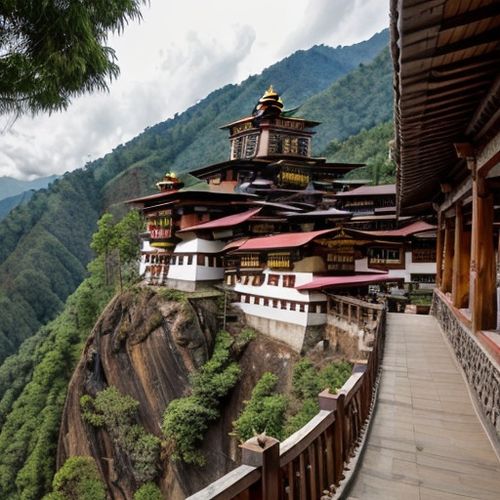
By Sophia Lewis/Apr 11, 2025

By Joshua Howard/Apr 11, 2025
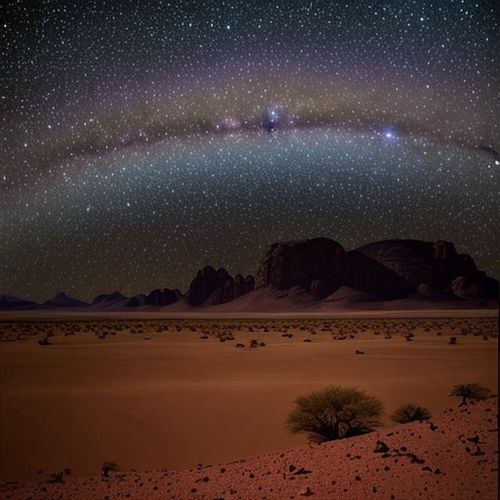
By Grace Cox/Apr 11, 2025
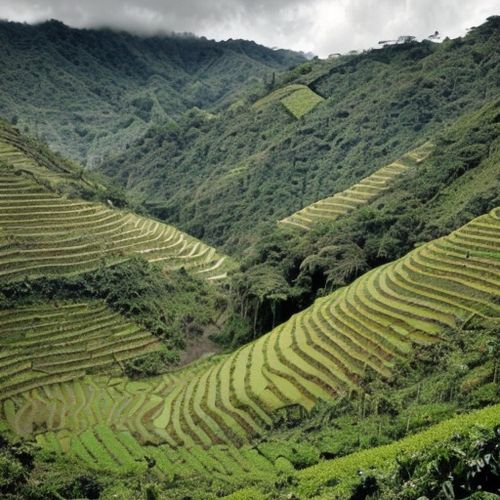
By George Bailey/Apr 11, 2025
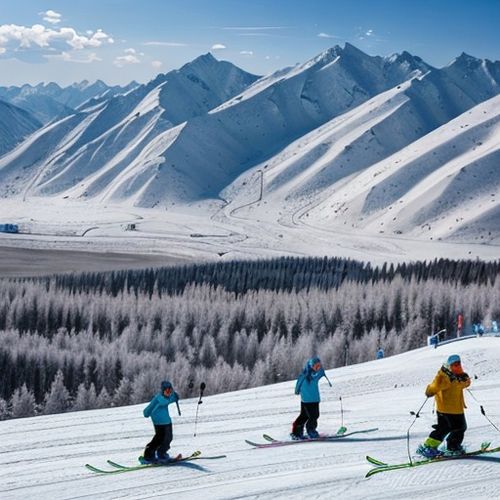
By Samuel Cooper/Apr 11, 2025
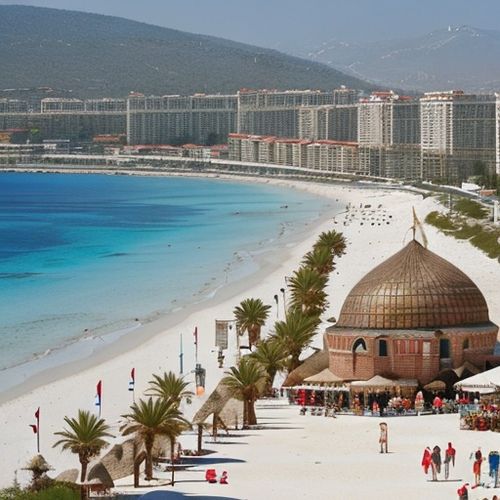
By Sophia Lewis/Apr 11, 2025
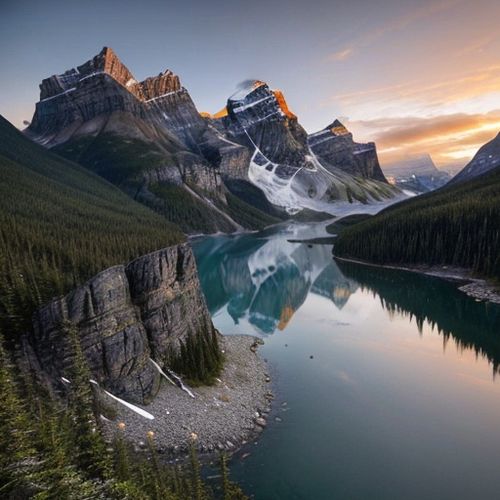
By Megan Clark/Apr 11, 2025
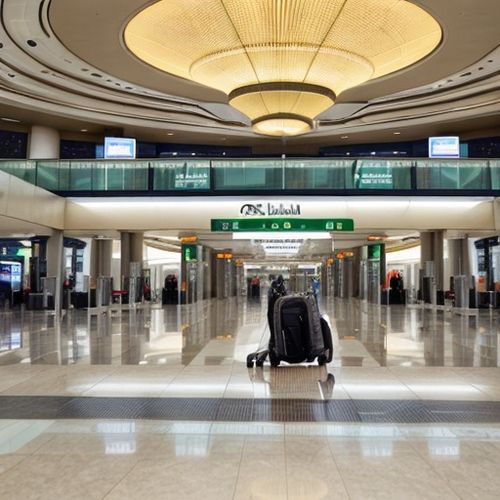
By Lily Simpson/Apr 11, 2025
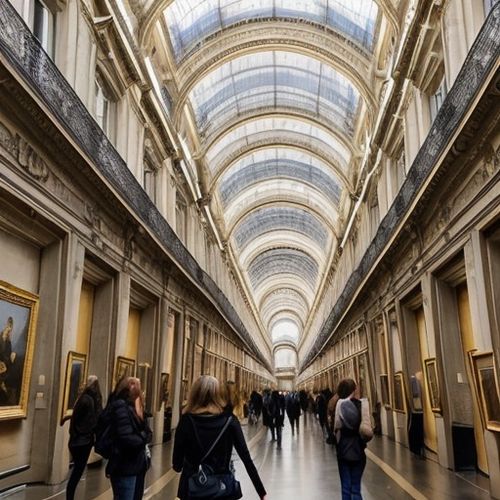
By Samuel Cooper/Apr 11, 2025
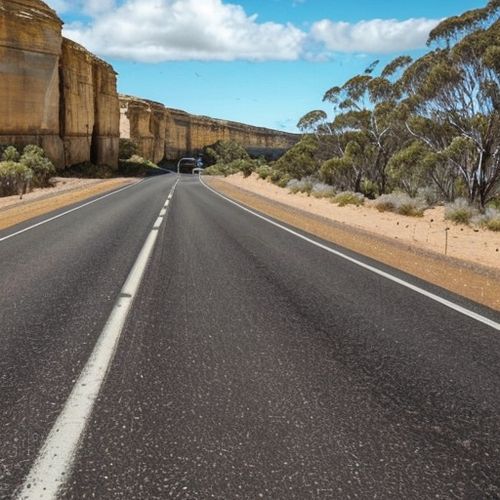
By Noah Bell/Apr 11, 2025
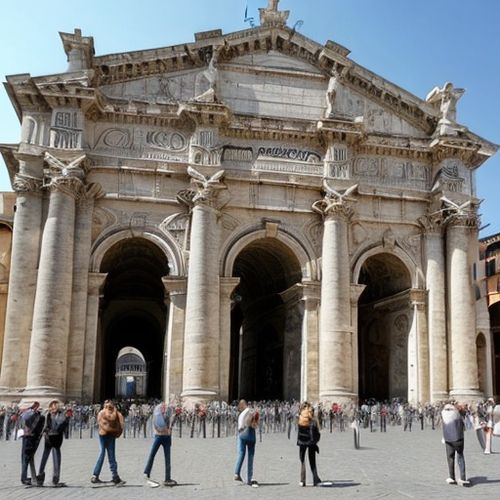
By Ryan Martin/Apr 11, 2025
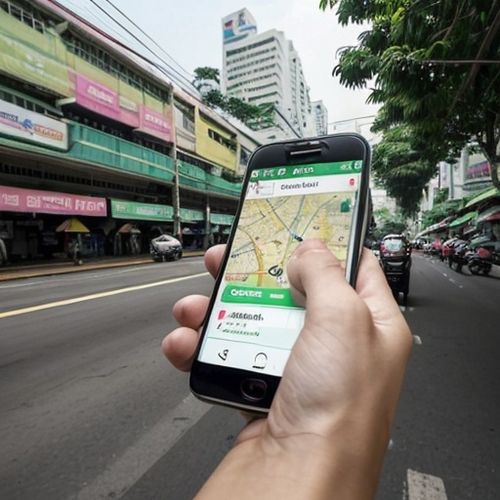
By John Smith/Apr 11, 2025
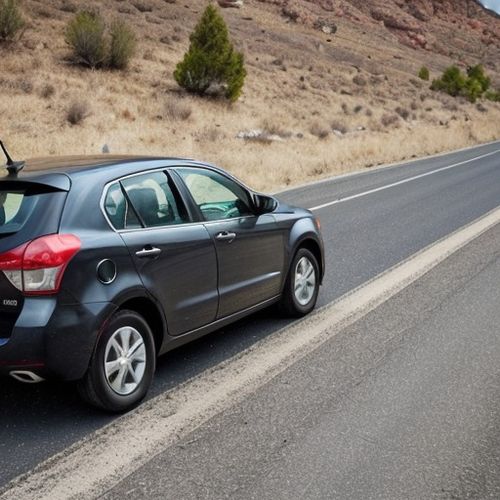
By James Moore/Apr 11, 2025
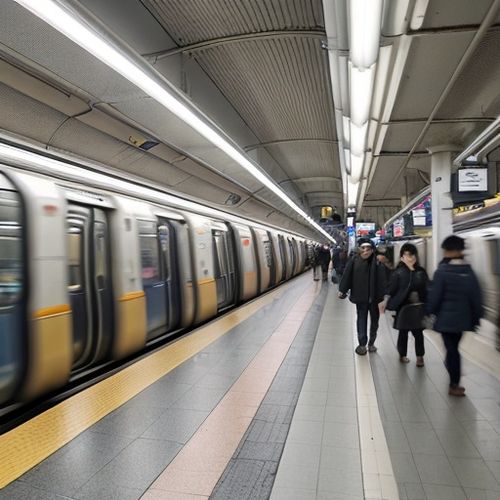
By Lily Simpson/Apr 11, 2025
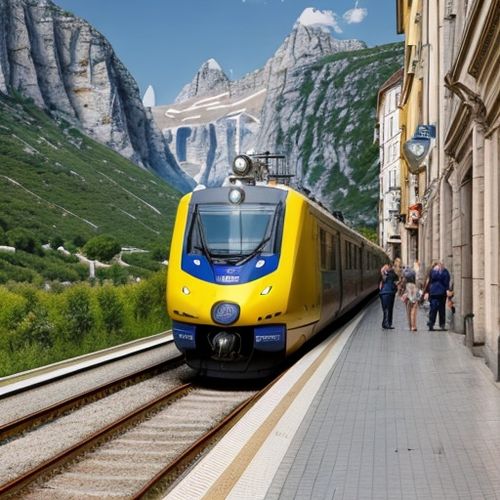
By Thomas Roberts/Apr 11, 2025

By Jessica Lee/Apr 11, 2025
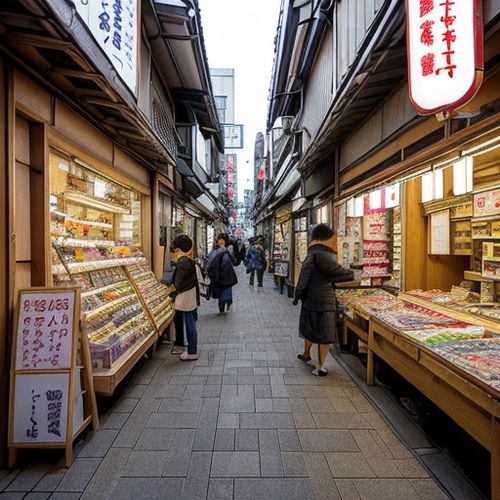
By William Miller/Apr 11, 2025

By Elizabeth Taylor/Apr 11, 2025

By Christopher Harris/Apr 11, 2025
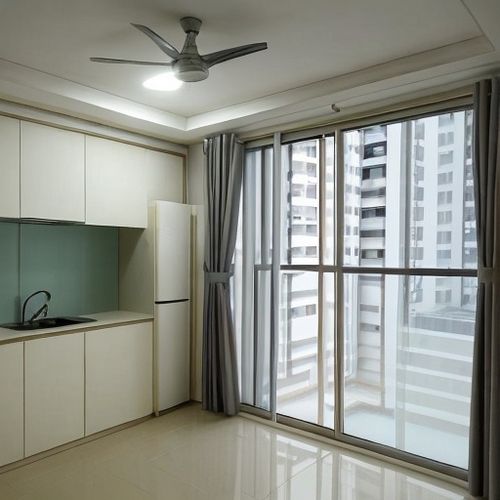
By Eric Ward/Apr 11, 2025